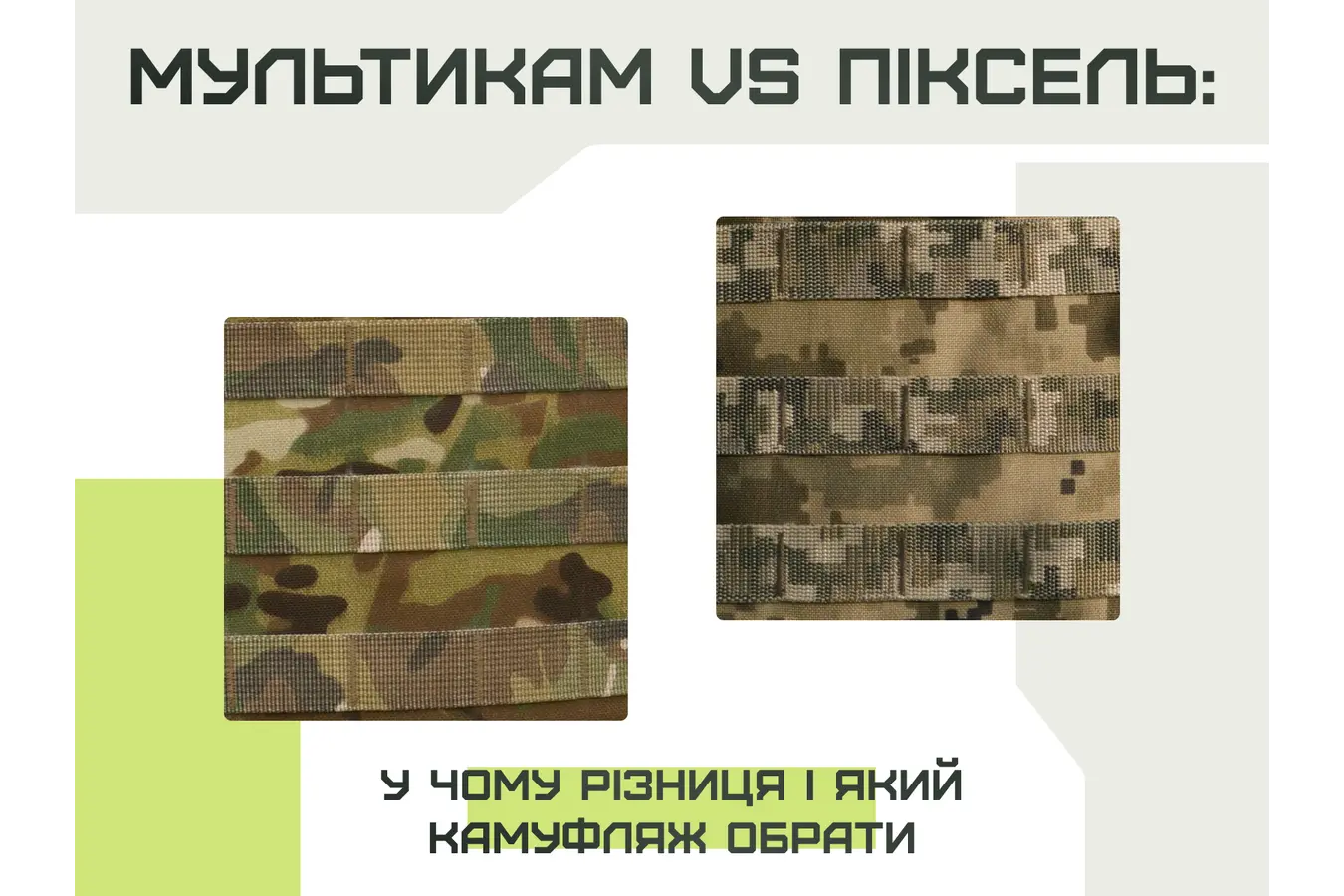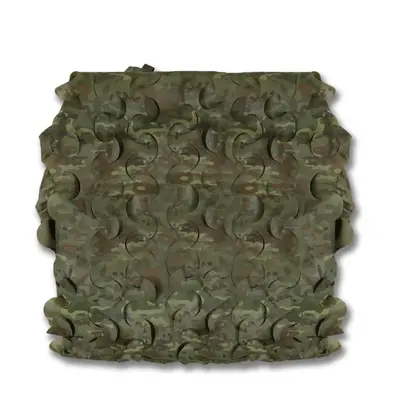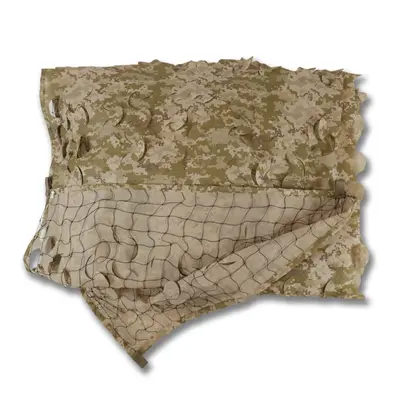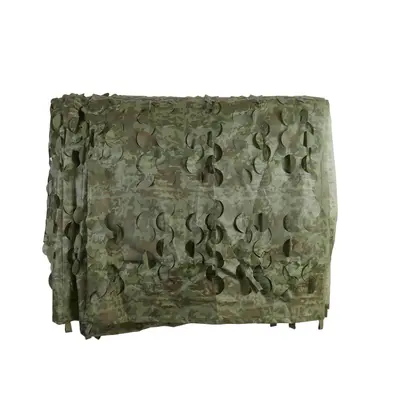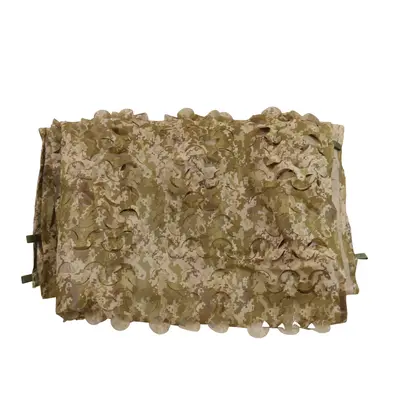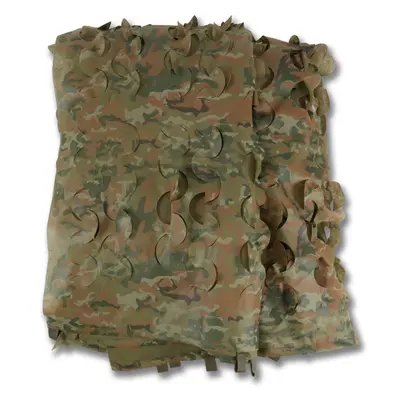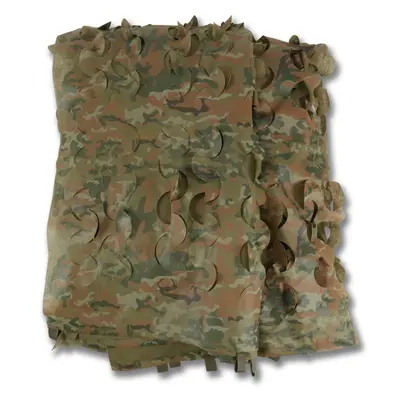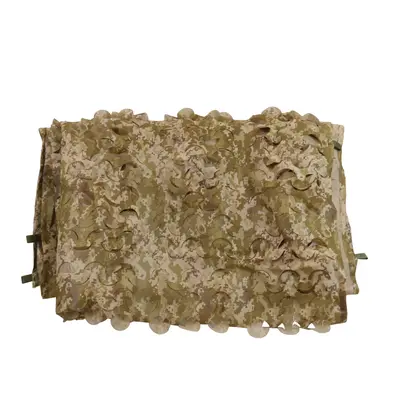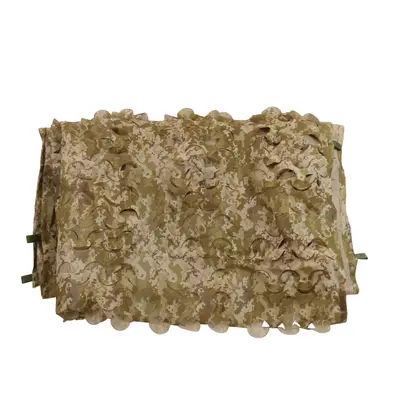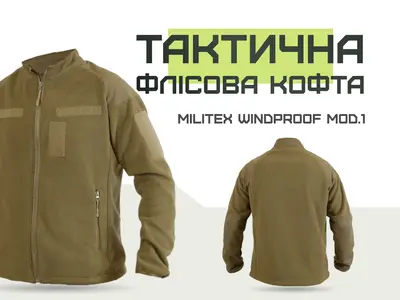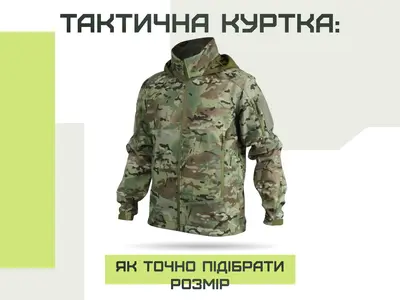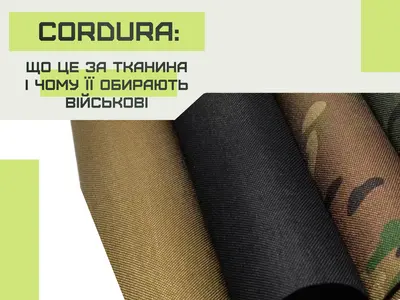Camouflage is an integral element of equipment, because such military clothing provides camouflage in positions and makes it difficult to detect people at a distance using optics. In Ukraine, two types of color variants of the material are used for making uniforms: cartoon and pixel, the difference between which is quite significant. And it is worth knowing the main differences in order to make the right choice.
Pattern and its features
The main difference between MultiCam and MM-14 is the visual perception of color and images on the fabric. But you should not choose camouflage as a simple pattern, because the development of this pattern has become a real philosophy of camouflage, created to perform combat missions. Multicam is represented by smooth transitions of colors in a chaotic order. These are 7 shades, which include khaki, green, beige and brown, as well as several derivatives of their spectrum. The transitions are so smooth that the pattern is perceived as part of the background and does not attract unnecessary attention. Depending on the lighting, such colors will look different for a person.
The principle of the MM-14 pixel image is completely different: these are small and clear pixel segments that form a digital pattern. The basis of such a “Ukrainian digit” is 3-4 colors, which include light and dark green, brown and khaki. Such a pattern interferes with human perception through optical means of observation in daylight.
What are the benefits of MultiCam camouflage?
Multicam was developed by the American company Crye Precision back in 2002. Its main feature is versatility, as the material is convenient to use in various conditions. Among the key advantages of this camouflage:
Adaptability, because with the help of tactical clothing you can go unnoticed in various natural environmental conditions. A successful combination of colors is suitable for most types of terrain: steppe, forest, mountainous areas or fields.
Possibility of use at different times of the day. Due to the smooth transition of different shades, colors are perceived differently depending on the lighting. Therefore, it can be used regardless of whether the weather is sunny or cloudy, as well as both during the day and at dusk. But it is worth remembering that the pattern is adapted to human perception. If you use a thermal imager, the masking effect will disappear.
Difficulty perceiving at a distance when there is no clear boundary between the spots of color. Therefore, the outline of the body appears blurred, especially when the person is moving.
The secret of multicam adaptability
MultiCam is effective in various conditions, and it will be suitable in situations where a quick move to a new location in nature is planned. And it can also be used in any lighting. And the secret of this level of masking of the “picture” lies in the usual laws of physics. Our brain has a characteristic feature: it automatically fills small light spots with the background color. Since there are seven colors in the cartoon, and their gradients are used, when you get to the area that corresponds to the shades of one of them, attention will not be focused on other spots. It will be difficult for the human brain to distinguish the contour of the body, since the image is completely assimilated with the background.
When should you choose a pixel?
This camouflage is known as MM-14, or “Ukrainian number”. It was developed and approved in our country in 2014, but this idea was used in other armies much earlier. To make the camouflage, the colorimetric features of Ukrainian landscapes were taken into account. Therefore, the shades correspond to the basic colors of our nature. The main advantages of using a pixel remain:
Digital color-splitting effect, where a pattern of small square pixels creates an optical illusion. If the distance is large enough, they “merge”, resembling an image with insufficient resolution of the optics, and this makes it difficult to observe the military. However, this is only relevant if the background of the environment correlates with the shades of tactical clothing.
Possibility of use in cities and smaller settlements, as the pixel rectangles adapt well to urbanism and shades of brick, concrete or decorative plates. Also, the Ukrainian pixel can be suitable for different colors of the forest and steppe.
Camouflage at long distances, as it is quite difficult to distinguish it against similar tones of background buildings.
The Pixel is not the best option for outdoor use due to its sharp color separation. It is also easy to spot at short distances. Another drawback to consider when choosing is its more problematic camouflage in low light conditions.
Important details when choosing camouflage
In most cases, the type of camouflage used is that approved by the leadership of the military unit. But if there is a need to purchase tactical clothing yourself, it is worth paying attention to the following details:
- Environment, because the quality of camouflage depends on the harmonious combination of camouflage and landscape. Pixel is suitable for urban areas, and nature is better suited to multicam, especially if the vegetation and terrain are uneven.
- The quality of lighting, when in conditions of insufficient direct or diffuse sunlight, it is easier to distinguish pixels. Therefore, MultiCam is chosen for movement at dusk and in cloudy weather.
- Distance, because at close range this camouflage better breaks up the visibility of the silhouette, especially in the city or among dense vegetation. Multicam is more versatile, and will be a good solution for medium and long distances, as well as conditions where the landscape is constantly changing.
Therefore, MultiCam is chosen when a unit frequently changes locations and a universal camouflage is needed that will be equally effective at different times of the day. After all, soldiers often go on combat missions regardless of the time and weather.
Important nuances of choosing military clothing
In addition to the color, it is worth paying attention to the quality of the fabric and IR remission. It stands for Infrared Reflectance, or infrared reflection. The safety of the military depends on how effectively the fabric reflects infrared rays.
Night vision devices often work in the near spectrum, in which leaves and grass reflect light perfectly, so they look white or light gray. And ordinary fabric or paint easily absorbs it, and looks like a dark spot that is easy to identify. To avoid this, the fabric undergoes special treatment. It is worth adding that pigments are added to different colors, so they have differences in the reflection of light, which helps to visually break up the silhouette in the dark.
Pixel and cartoon can be equally effective in the dark if the camouflage is created by a proven manufacturer to high quality standards. Therefore, it is worth choosing an original cartoon or high-quality pixel from a government order so that things meet standards. If they are too cheap, there is a high risk that the manufacturers simply saved on pigments.
Conclusions: which camouflage to choose
Both options meet the requirements, but multicam is distinguished by its versatility, as it can adapt to the natural diversity of landscapes. And the pixel successfully interferes with the perception of silhouettes in cities and in conditions of positional battles. To improve camouflage, it is worth combining things with different camouflage in one image. If the uniform has a pixel color, the body armor and equipment can be chosen from MultiCam. This maximizes the effectiveness of breaking up the silhouette. However, even the best camouflage does not guarantee camouflage at night if there is no IR remission. Then it will be equivalent to zero when viewed by night vision devices. It is worth choosing a reliable manufacturer and making sure how high-quality the coating with IR pigments is. And it is very important not to save on them. Additionally, attention is paid to the strength of the material, impermeability to moisture and lack of flammability.
